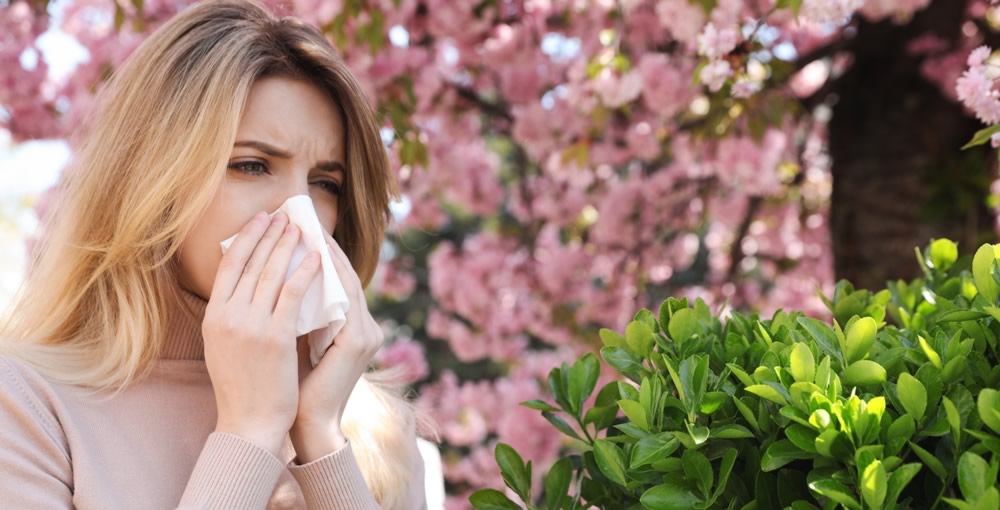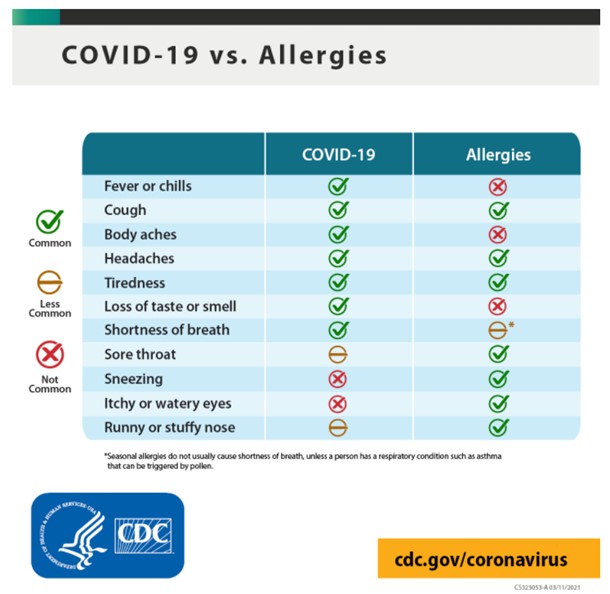Itchy Eyes, Itchy Throat, Itchy Nose? It’s Likely Fall Allergies
August 20, 2021

We’ve experienced an unusually wet summer this year across the state, leading to an increase in mold and the proliferation of pollen-producing plants and trees—which means you can expect allergens to be high in the coming months leading into the fall season.
More than 50 million Americans experience some type of allergies each year, and the Asthma and Allergy Foundation of America, who recently released their 2021 list of allergy capitals, ranked San Antonio 12th and Austin 50th on their list of most challenging places to live when struggling with fall allergies.
Ragweed season begins to peak in August each year and lasts until September – October in Texas. A common weed that grows prolifically in Texas, ragweed can spread up to 1 billion pollen grains up to two miles into the atmosphere and is one of the common causes for allergic rhinitis, or “hay fever”.
Common Fall Allergy Symptoms
A good rule of thumb to remember is “itchy” often equates with “allergies.”
“Inhaling pollen spores can cause sneezing, congestion, and a runny nose,” said Texas MedClinic Chief Operating Officer and practicing physician Dr. David Gude, “Pollen exposure can also cause allergic conjunctivitis in certain individuals, resulting in red, itchy, and watery eyes.”
Protect Yourself Against Pollen
You can minimize the effects of pollen by taking the following precautions:
- Monitor local pollen forecasts and avoid spending time outdoors when pollen counts are high. You can view the pollen forecast in the San Antonio area by clicking here and in the Austin area by clicking here.
- Take any allergy medications as prescribed or directed by your primary care physician.
- Avoid touching your eyes and nose while outdoors and wash hands immediately upon returning indoors.
- Take a shower to remove pollen from your body and hair.
- Change clothes after being outdoors.
- Keep windows closed when pollen counts are high.
- Use high-efficiency filters in your home’s heating, ventilation, and air conditioning (HVAC) system.
How to Distinguish Between Fall Allergies and COVID-19
With the recent surge of the Delta variant of COVID-19 in Texas and across the country, many people are unsure how to tell the difference between fall allergies and the symptoms of COVID-19. The CDC has a released a graphic to help distinguish the differences between the two. 
It’s important to note that COVID-19 often causes high fever, body aches, chills, and a loss of taste and smell. Fall allergies, on the other hand, typically cause itchy or watery eyes and a stuffy nose, symptoms not typically seen in those suffering from COVID-19.
Protect yourself against COVID-19 by getting the COVID-19 vaccine. If you begin to feel ill after being exposed to someone who tested positive for COVID-19, or if you think you might have the virus, schedule a COVID-19 test and contact your primary care physician.




